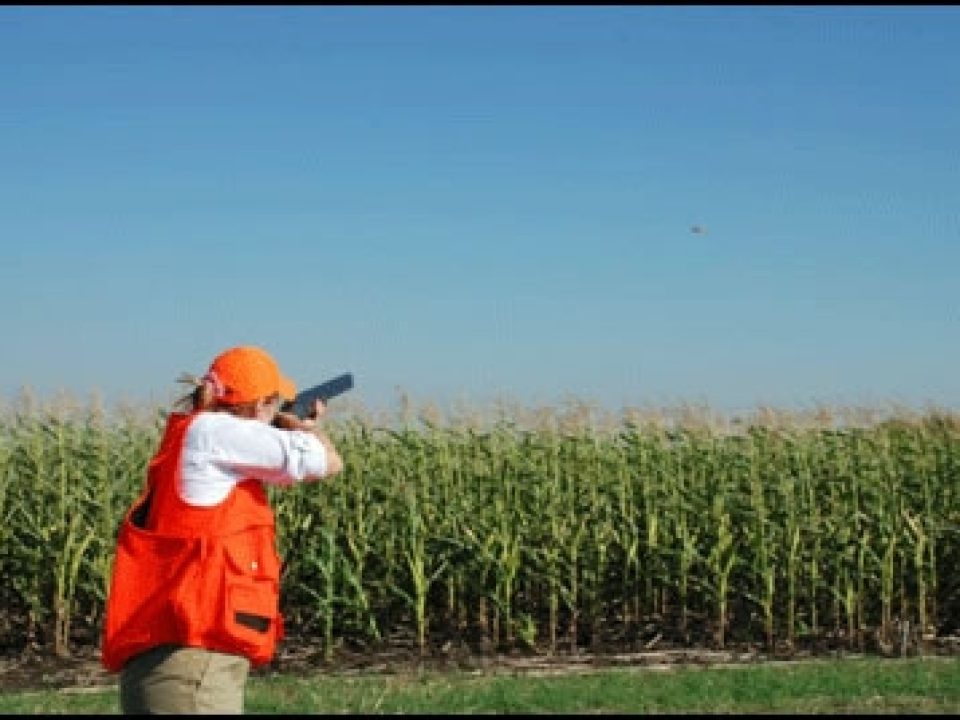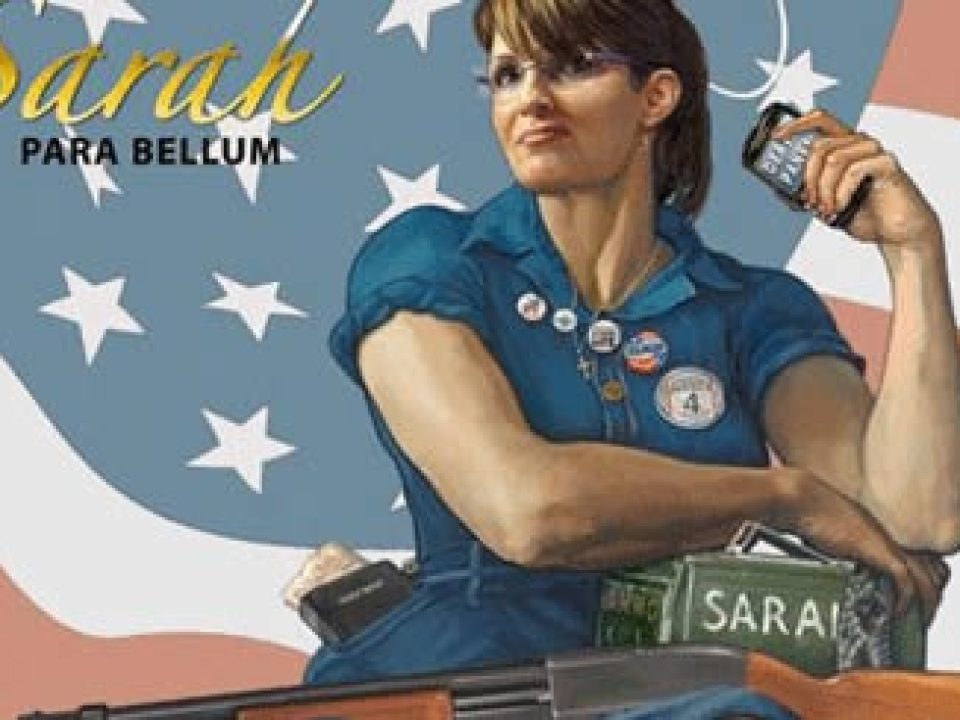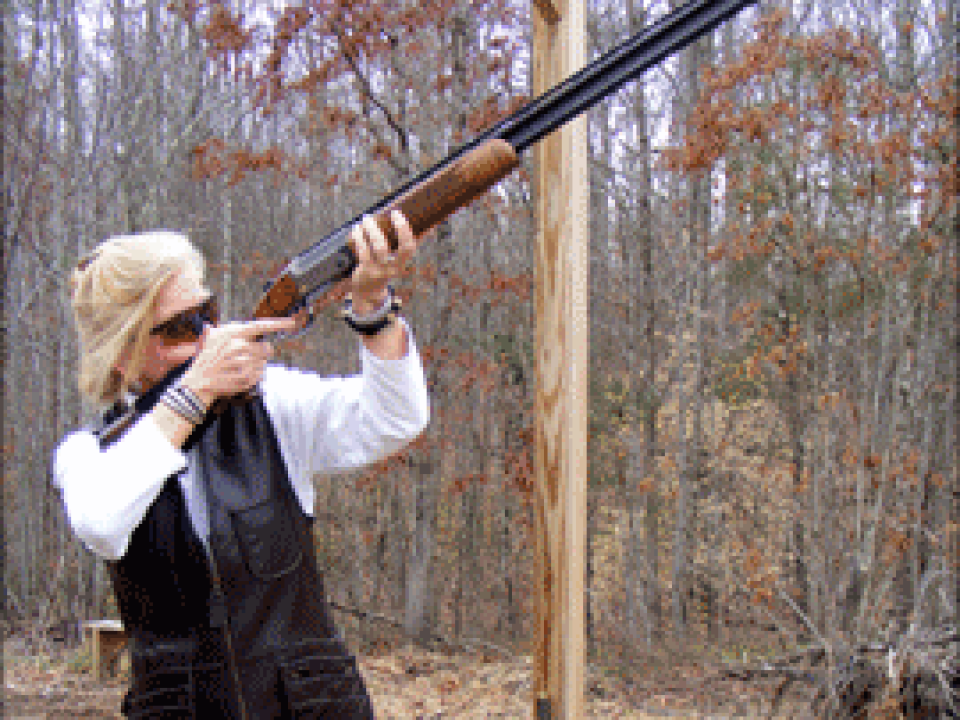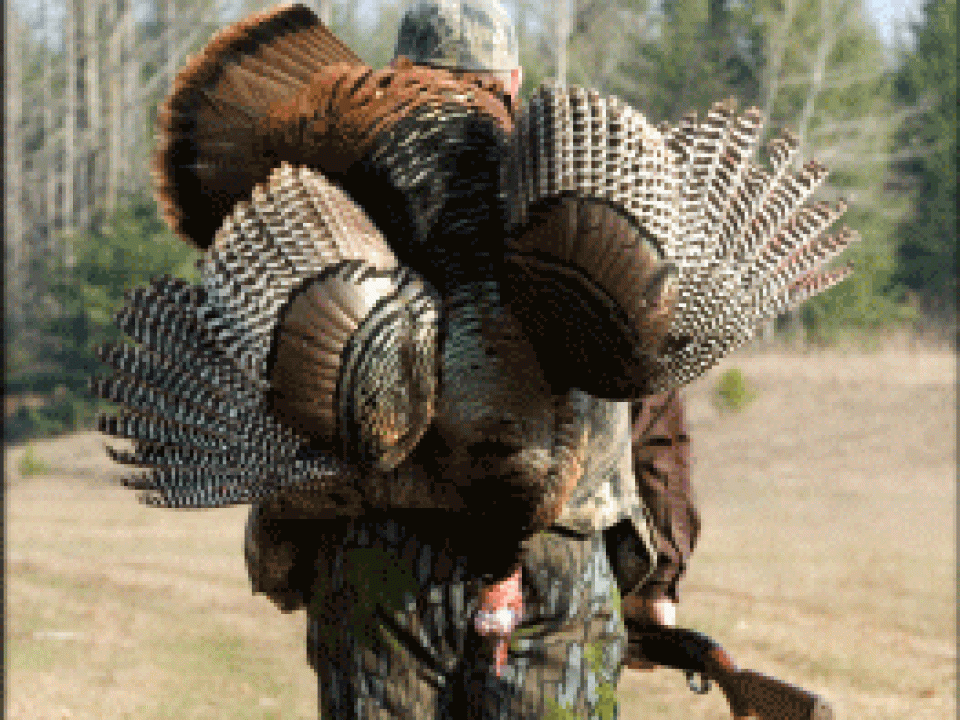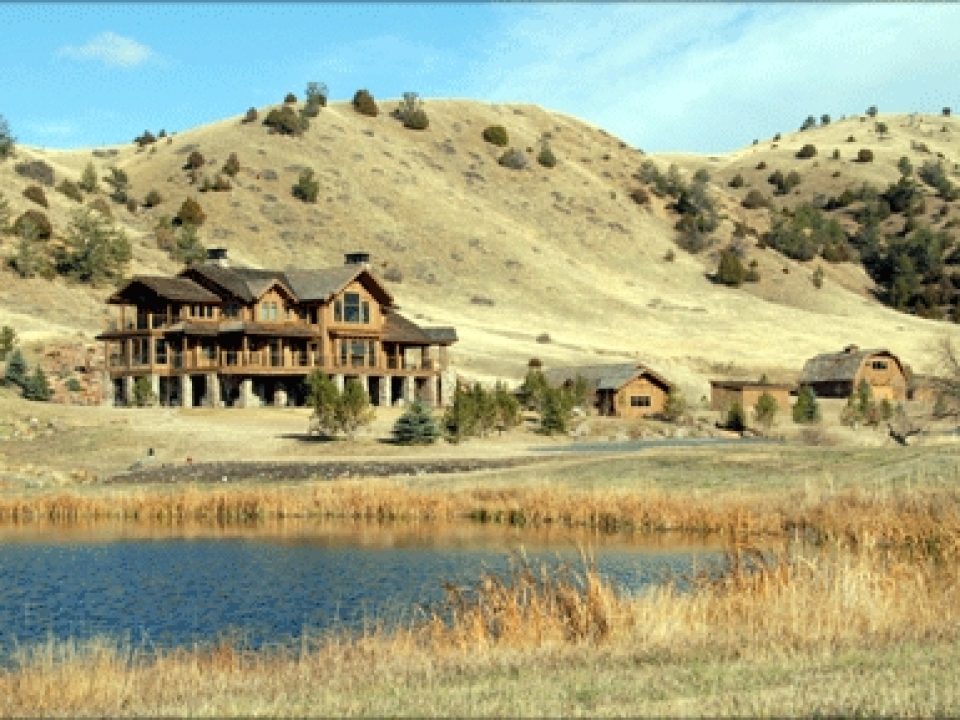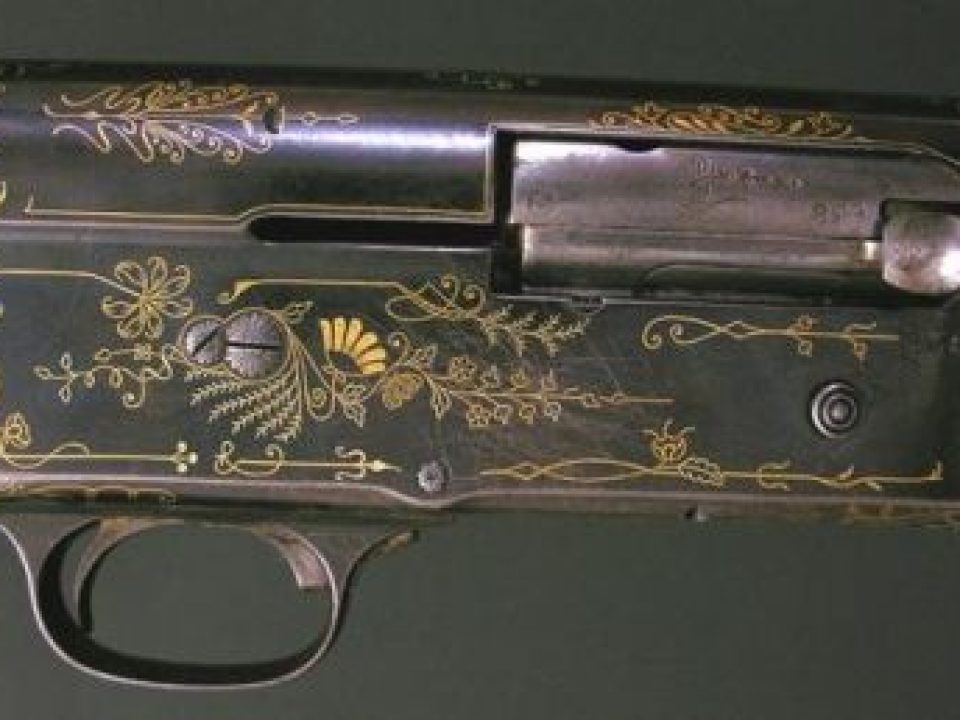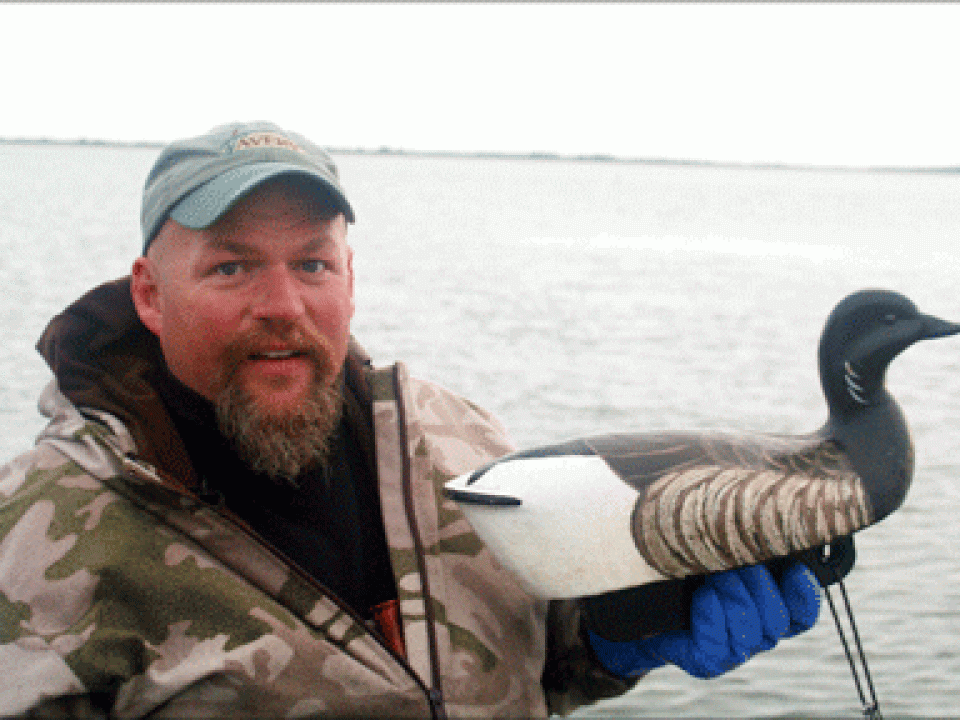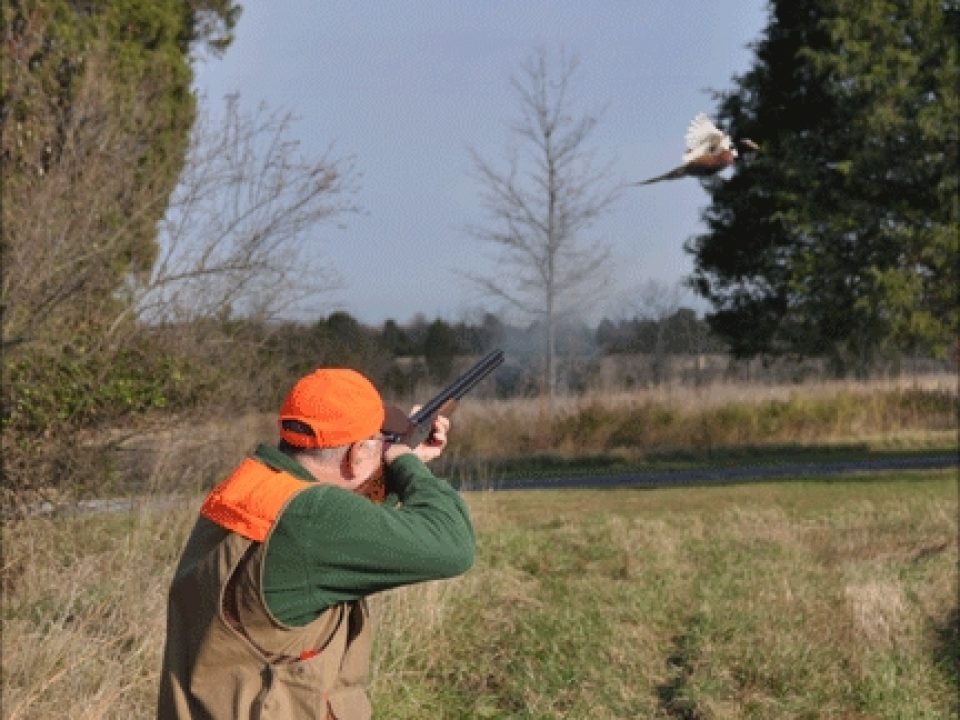In the world of shotguns, few models can claim the iconic status achieved by the 16-gauge Browning Sweet 16 semi-automatic shotgun. A legendary firearm that has withstood the test of time, the reintroduced Browning A5 16-gauge from 2016 retains its classic silhouette but, inside, a new inertia-driven operating system allows the gun to cycle much more quickly and efficiently than its predecessor. This classic shotgun combines the elegance of a bygone era with the innovative features of modern technology, making it a must-have for both collectors and shooters alike. Let’s dive into the rich history and impressive features of the Browning Sweet 16 Shotgun.
shotgun
Pheasant Fun With the NRA’s Women On Target
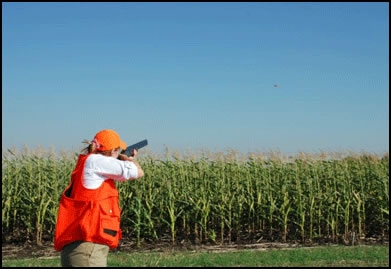
Brilliant blue skies and rolling native grasslands as far as the eye could see created a gorgeous backdrop against the quiet farmlands of southern South Dakota. My home away from home was the beautiful rustic lodge of Granite Springs near Alexandra. Here I would join up with several women to participate in a National Rifle Association (NRA) Women On Target (WOT) upland hunt.
Sarah Palin Immortalized With Remington 870 Pump

In the shadow of Capitol Hill, a forgotten patriot consigned to America’s trash heap of the unemployed has created a new national symbol that celebrates the values Sarah Palin holds true.
Peer Review: The Blaser F3 28-Gauge Over/Under
Written by Irwin Greenstein with the opinions of Stephen Biello, Debbie Clay, Barry Goff, Sr., Brad Landseadel, Elizabeth Lanier, Joe Notarfrancesco , Vero Ricci, Steve Toomey, Kent Witters, Carolinn Poucher Woody
Chasing That Hunting High
The other day I was thinking about what has driven me to hunt. I see so many companies and services within our ranks that use words like “obsession” and “addiction.” Both these, and other terms like them, are certainly intense, but they are also harsh in some respects and I wondered at the thought that maybe they were overused, misused, much like “terrorism” has become an all-encompassing term for anything remotely horrific ever since 9-11. Use a word too much, apply it too liberally to too many things that are similar but lacking extremeness, and you run the risk of the word losing its impact. And so I wondered if we are danger of that with our hunting “obsessions” and “addictions.”
The “Un”-Magnum Approach to Turkeys
In anticipation of the upcoming turkey season, I’m sure most of you have noticed that outdoor print media and television airwaves are filled with scene after scene of toms getting annihilated by 12-gauge and 10-gauge shotguns spewing magnum loads, and the advertisements in between the pages and during the commercial breaks are filled with supercallifragilistic, triple-Xtra, super-duper magnum this, that, and the other. Sheesh, you’d think a turkey had the armor plating of a rhinoceros, rather than a coat of feathers.
Part of the problem has been that the bigger-is-always-better approach has long defined the mindset of more than a few Americans. We’ve seen that philosophy exacerbated in more than a few areas. Take, for instance, the ever-increasing size of our SUVs and trucks. Remember when a Toyota Tundra was the size the
I hate to say it, but the gun industry has followed suit. Think of all the Super Short Magnums that have come on the market in the last decade or so. There was a resurgence of the 10-gauge in recent years, too. Even the archery side of things has its extremes. When I was working at the NRA, we never talked about someone in print claiming to make a clean kill shot on game at more than 40 yards. Yet today, there’s more than a few hardcore archers who know their equipment and have solid skills and will tell you they regularly kill at up to 80 yards (I don’t know, maybe the braggings gotten bigger, too). Still, one of the segments that pushes excess the hardest are the purveyors of guns and ammunition designed particularly for killing turkeys.
I get it, it’s marketing. Kill it further out! Kill it faster! Kill it deader than dead! Now, I’m all for a fast kill, and I have seen where advancing ammunition technology really does result in a faster kill. I remember when some of Federal’s first tungsten shotshells came out, for instance. I took those loads goose hunting, and without question saw a better quality, faster kill than I did with steel shot (airborne geese hit with those loads responded like a bug hitting your car windshield as you cruise down the highway—they never knew what hit them). But I haven’t seen the same results with turkeys. The push for 3 ½-inch 12- and 10-gauge shells that can reach out and tag a tom at 50 or 60 yards is fine in and of itself, but in my opinion it’s unnecessary. I’ll tell you why.
Ask yourself this: are turkeys harder to kill now than they were 20 years ago? No. Do you need to kill a turkey at 60 yards? No. Do you need the recoil of a long-shelled 12- or a 10-gauge bruising your shoulder and cheek? Still nope.
Let me break those questions down for you a little better. The first one is simple enough.
How about the need to kill a turkey at 50 or 60 yards? “Need” being a relative term, I’d say that, if you find yourself shooting toms as distances much farther out than you ever used to, you need to practice your calling and decoying skills. Yes, turkeys hang up. No, sometimes they can’t be worked closer. Live hens compete with your fakery for a tom’s attention and love and often wins. Crows distract and confuse. That is the romance that is hunting – hunting – this game bird. You have six weeks and one or two tags. I’d rather spend several beautiful spring mornings watching the sun come up and call a gobbler in the right way and close enough for an instant-death, one-shot kill, than plunk a tom down way in the distance on opening day (or any day, for that matter) just because the shot string from my gun reached that far. Just because you can doesn’t mean you should.
Finally, recoil is absolutely an issue with 12- and 10-gauge shotguns loaded with 3½-inch shells. I know some of you are thinking “Heck, it’s just one, maybe two shots.” But it’s not. You have time on the bench with different chokes and dozens of shells shucked through your gun, if you’re responsible about patterning a shotgun you intend to kill live game with – and if you intend to kill a thickly feathered 20-pound or better bird at 60 yards, you damn well better perfect your gun on paper before you head for the field.
But if you spend the time on the bench that you should, the chances are you’re going to start to flinch, especially if you conventionally and regularly shoot shotguns with less strength. I don’t care how tough you are, how much testosterone courses through you, and how big your truck is, this is physics, and hard-recoiling guns, most often those shot infrequently, do things to you mentally and physically.
Even worse than a flinch, though, is your shot-to-shot recovery. Remember you were thinking “one, maybe two” shots? If you’re going to shoot at distance, the faster a suddenly necessary secondary shot comes the better, and speed in getting the bead or scope back on target following the muzzle rise from the first shot is compromised when you increase the load.
Need one more reason? I’m going back to the how-tough-you-are argument. Plain and simple, there isn’t anything pleasurable about the recoil from these guns. If you say there is, okay for you, but I think that qualifies you as a masochist, and that’s not an attractive trait no matter how you slice it.
If you’re still not convinced, I’d tell you to go back to watching all the turkey hunting shows on TV. Notice the abundance of youth hunts filmed? Take a look at what all those kids are shooting. It’s the 20-gauge. That’s right, the no-notoriety, lil’ ol’ yellow-hulled 20-gauge. Notice anything else? These kids and their small shotguns kill turkeys just fine, especially when an adult with calling skills and hunting skills has called one in close enough. (Get it? Called. In. Close. Enough.) So if the lowly 20-gauge is good enough for your kids to kill a gobbler with, why do you need to buy into the magnum hype?
I say don’t. Personally, I often carry a 12-gauge auto, an older Browning Gold I’ve owned for some time. It’s super easy on recoil, even with a stiff turkey load, but when I go after gobblers I load it with either 2¾- or 3-inch loads, not the 3½. I don’t need the bigger shell. Maybe more often than I take out the Browning, though, I have a little Beretta White Onyx over/under in 20-gauge that’s my favored tool for turkeys. It’s more maneuverable, fast to reload, accurate as any other shotgun when patterned correctly, and easy to carry if I have to do some hiking for a tom. And it kills just fine.
Try it, try something smaller, like the 20-gauge your kids are hunting with. Resist the temptation to up the distance at which you kill. Resist the marketing hype that bigger is better just because it’s bigger and work on what really should be better, and that is your scouting, calling, and setup techniques. It’s okay to be a magnum hunter, just do it without the magnum gun.
Jennifer L.S. Pearsall is a professional outdoor writer, photographer, and editor, who has been a part of the hunting and shooting industries for nearly 20 years. She is an avid clays shooter, hunter and dog trainer. Please visit her blog “Hunting the Truth” at http://huntingthetruth.com.
Grey Cliffs Ranch
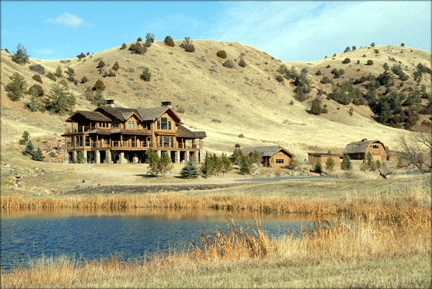 The Gray Cliffs Ranch Lodge[/caption]
The Gray Cliffs Ranch Lodge[/caption]It was one of Montana’s best-kept secrets nestled away in the hill country along the Madison River. The ranch opened to the public back in 2007, but it didn’t hold its grand opening until early 2008 when all the finishing touches were completed. The ranch is a 5000 acre deeded property with about an additional 2000 acres in leased land. Some of the land, only about 1,500 acres, is farmed but the majority of it is in a natural state for wildlife.
In Love With A Belgian
I wasn’t doing much of anything with my life, when I met Mark. I was working on the back end of the construction trade, first as a secretary for a plumbing supply wholesaler, then doing customer service for a cabinet supplier. The Washington metro area had been in one of its housing booms, but, in what is now an eerie specter of the housing bust (though certainly for different reasons then), the market collapsed. The cabinet company I was working for fired me—I knew where all the skeletons were—then bounced my final paycheck and filed for bankruptcy the next day.
I was out of a job, but I was in my mid-twenties, had a boyfriend I was kind of sharing most of my days and nights with, and I quickly found a part-time gig. My small number of bills were mostly paid, and I figured something would come along, so I didn’t even worry about the whole out-of-work thing that much. It was actually kind of a relief after the stress of watching the company I’d work for tank underneath me.
Mark had owned and sold a company, and he was doing some consulting work on the side, so we had a lot of time to just knock around. Weekends, though, were reserved for gun shows.
Northern Virginia has a rotating circuit of gun shows, or at least it did at the time. There was one in Leesburg one weekend, followed by another in Hume, one down past
There were always dealers with really, really, nice guns at that show, and I, having at least part of the personality of the crow and liking bright shiny things, appreciated the collections of Browning Hi-Powers laid out on red velvet, or a grouping of pearl-handled Colt Single Action Army’s under a glass case. My personal interests were really leaning toward rifles and shotguns though, and there were two dealers in particular who had my number dialed in.
The first had this unbelievable collection of Colt sporting rifles. Manufactured in a joint effort with Sauer for just a dozen years (1973 to 1985, to be exact), they all had gorgeous wood and a raised cheek piece that I loved to press against my face. In fact, they looked a lot like (no surprise here) the Weatherbys my grandfather Evans kept in his gun rack above his desk in
But it was the bluing on the Colt Sauer rifles that always got to me. No other rifle then or now, at least in my eyes, has ever possessed a bluing job like those guns did. It was deep and colorfull, truly blue, but also black-blue, and blue-purple, and black-green, a melding of all the colors of oil floating on water. To this day the depth of that bluing sticks in my head like a photo, and I’ve never seen another gun, long or short, that carried a bluing job anywhere near as beautiful as those Colt Sauers did. I coveted those rifles, but the dealer had tags on all of them that said $1,200 or $1,500. They were well out of my price range.
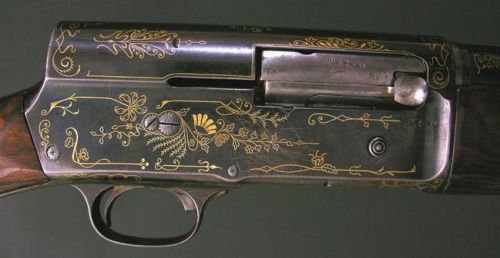
(Photo courtesy of Connecticut Shotgun Manufacturing Co.)
The second dealer I gravitated toward was an elderly gentleman who specialized in Belgian Browning shotguns. He had quite a few, never less than ten or a dozen at any show, and all were in pristine condition. I admired all of the Browning’s that man brokered, had done a little reading on Browning’s history, and so when the dealer had an A-5 at one show, it caught my attention.
That gun was as unmarred as one could hope. Not a scratch dinged the gun’s lovely rectangular receiver or its light scroll engraving, no wear showed at the pull-back bolt or thumb button or trigger tang or trigger guard. Not even the muzzle had any dulling –
clearly, this gun had been handled with care and laid in a case, not shoved in and out of a slip. The butt pad, too, was original and was still soft and pliable; not a bit of dry rot had begun. The grip of mellow, softly yellow wood was squared at the bottom and fit perfectly in my right hand. The fore-arm, sculpted a bit where it rounded in to meet and grip the barrel, seemed to have been designed to lay my thumb against it on one side and grip lightly on the other with my finger tips. That it was a little long in the stock didn’t bother me at all (though I don’t think I knew enough at the time to realize it didn’t really fit at all). I could look straight down its low-profile vented rib to c
I went home with that 32-inch-barreled, fixed full choke, Belgian Browning A-5.
I shot that gun often the first year I had it. I knew what it was intended for, with that long, tight barrel, and that was waterfowling. Or it least that was what it was designed for before steel shot forced out the use of lead. But I found an alternate use for it. Trap seemed to be that gun’s second calling. Oh, I had a little trouble with the rings and light loads sometimes, but once I had the right combination figured out, I mastered that clay bird game quickly. The 32-inch barrel seemed barely to move, as I pushed the muzzle in front of those going-away birds, and the straight line I had over that famed hump-backed receiver and down the rib to the bead was trap shooters who spend a lot of money customizing a gun yearn for. I was good for strong runs of targets way back in the handicap lines some nights.
The Browning was more or less retired after I owned it for the first year. I’d moved on to skeet, having grown bored with trap, and for this new clay sport, the long, full-choked barrel was sorely disadvantaged. And so it sat in my gun closet, cleaned and polished, for several years. I missed it, for like anything you’ve loved but lost your way with, it had that distinctive and piquant blend of fresh experience and nostalgia. But the truth was, I’d outgrown it.
I took that sweet Browning out one day, looked at its still gleaming metal and wood, took a breath of the Hoppe’s that still remained somewhere in its parts—and then I slipped it back in its case and took it to the local gun store to sell it. I didn’t “need” the gun, hadn’t used it in a long while. I reasoned that cash was better than a gun taking up space in a closet. It wasn’t. I’ve sold a small fraction of the guns I’ve ever owned. That Browning was the first I parted ways with, and the one I regret the most. First loves are like that.
Jennifer L.S. Pearsall is a professional outdoor writer, photographer, and editor, who has been a part of the hunting and shooting industries for nearly 20 years. She is an avid clays shooter, hunter and dog trainer. Please visit her blog “Hunting the Truth” at http://huntingthetruth.com.
Ode to the Atlantic Brant
Most fantasies are better than the actual experience. Occasionally the opposite is true, a well known fact of hunters around Maryland.
A Journey of Reverence: Shooting a Holland & Holland Royal
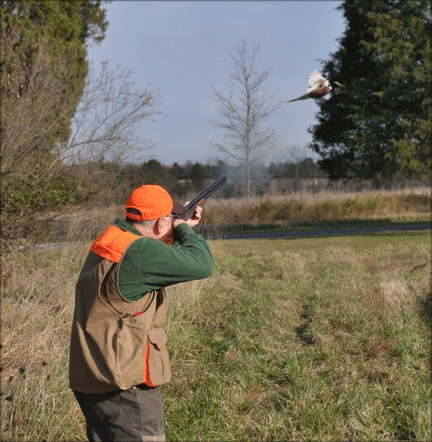
Down the hill, behind the old Jefferson County manor house, a six-point buck stood alert under the autumn sky. The dense trees put forward garden colors of carrots, raspberries, pumpkins and sweet peas. I rested against the stone wall. Traces of summer lingered with the few insects flitting around in the warm dusk. As the moon grew brighter I knew Prospect Hall would justly serve the Holland & Holland Royal in the trunk of my car.
Shotgun Life Newsletters
Join an elite group of readers who receive their FREE e-letter every week from Shotgun Life. These readers gain a competitive advantage from the valuable advice delivered directly to their inbox. You'll discover ways to improve your shooting, learn about the best new products and how to easily maintain your shotgun so it's always reliable. If you strive to be a better shooter, then our FREE e-letters are for you.
About Shotgun Life
Shotgun Life is the first online magazine devoted to the great people who participate in the shotgun sports.
Our goal is to provide you with the best coverage in wing and clays shooting. That includes places to shoot, ways to improve your shooting and the latest new products. Everything you need to know about the shotgun sports is a mouse-click away.
Contact
Irwin Greenstein
Publisher
Shotgun Life
PO Box 6423
Thomasville, GA 31758
Phone: 229-236-1632


